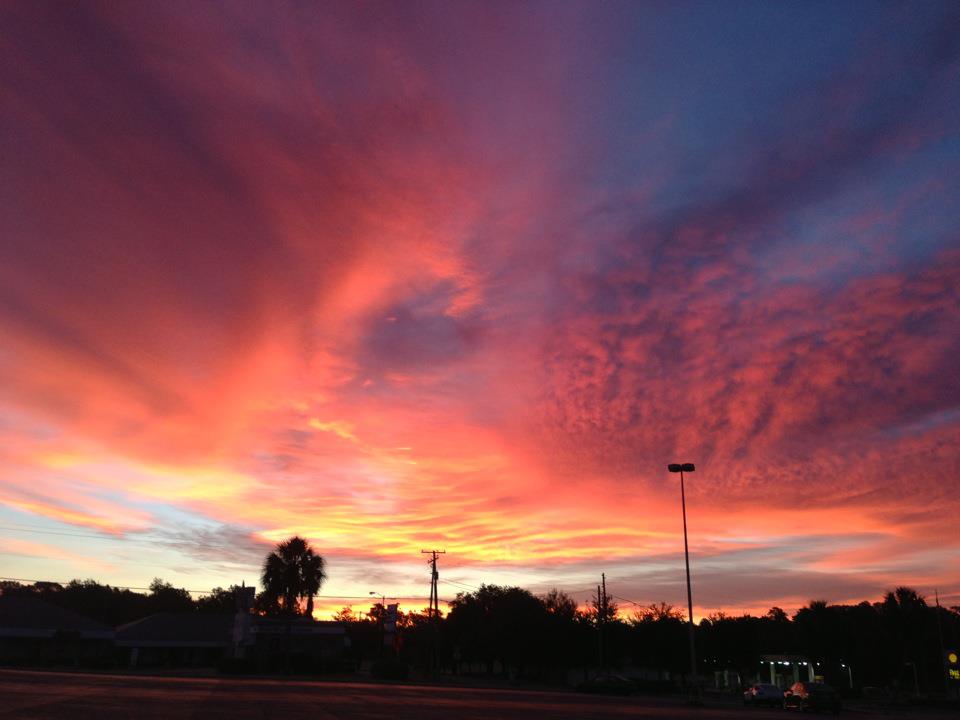Yule is a sacred winter festival honored and celebrated by ancient Germanic peoples, including Nordic cultures and the Anglo-Saxons. It is the time of year when the day is short and the night is at its longest. Feast and song prevailed as family and friends
huddled together at their hearths or caroused around an open fire for protection from whatever evil rode the long darkness. The Wild Hunt seemed as real as the cold winter air, and to catch a glimpse of the spectral hunters or their flying horses spelled certain doom. Holly, ivy, and mistletoe helped to ward off demons and bring in the luck of the returning light. Evergreen trees also promised a returning sun.
 The midwinter festival has been of high importance to humans since the stone age, with ancient megalithic monuments aligned to the rising and setting sun of the winter solstice. It’s in our blood.
The midwinter festival has been of high importance to humans since the stone age, with ancient megalithic monuments aligned to the rising and setting sun of the winter solstice. It’s in our blood.
With all this ancestral revelry running through our veins, we instinctively know that Yule is a time to hunker down with our loved ones, rid ourselves of old outworn patterns of thought and behavior, and celebrate the glorious return of the light. Whether you burn your Yule log in the fireplace or bake a chocolate cream version in the oven, you can bet that your forebears are nodding favorably at your efforts.
I love the folklore behind the Yule Log and the many superstitions and traditions tied to it. It’s interesting that even today, the Yule Log is a holiday staple, available in digital format from most cable providers. I wonder what the ancient Vikings (who burned whole trees at Yule) would think to see our modernized version, LOL!
Mae, I wonder that too. My Viking hero Ingvar came here and dealt with chocolate cereal and showers, but I didn’t have him dealing with a yule log!